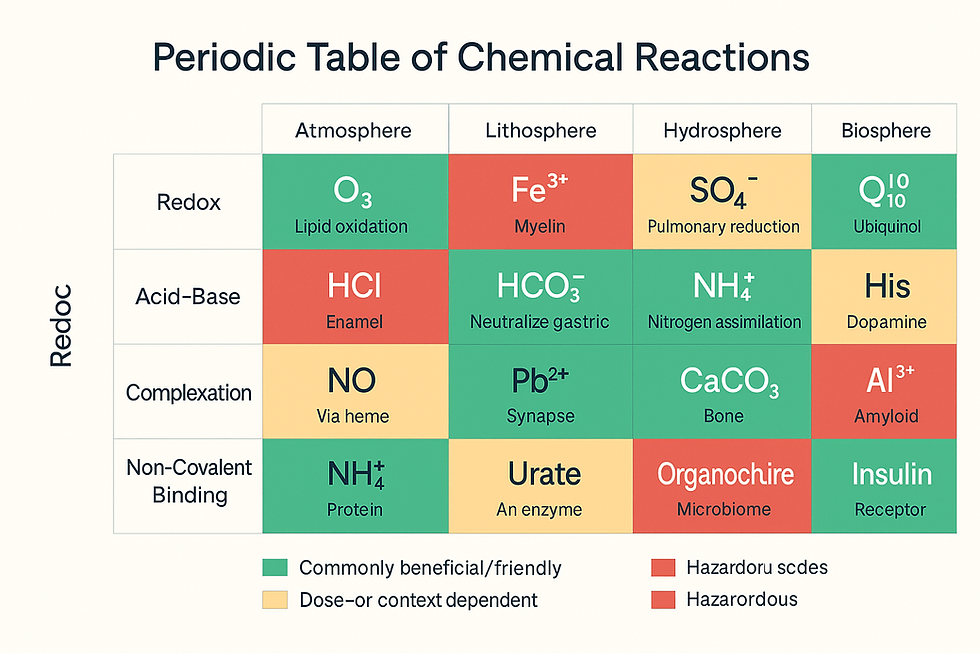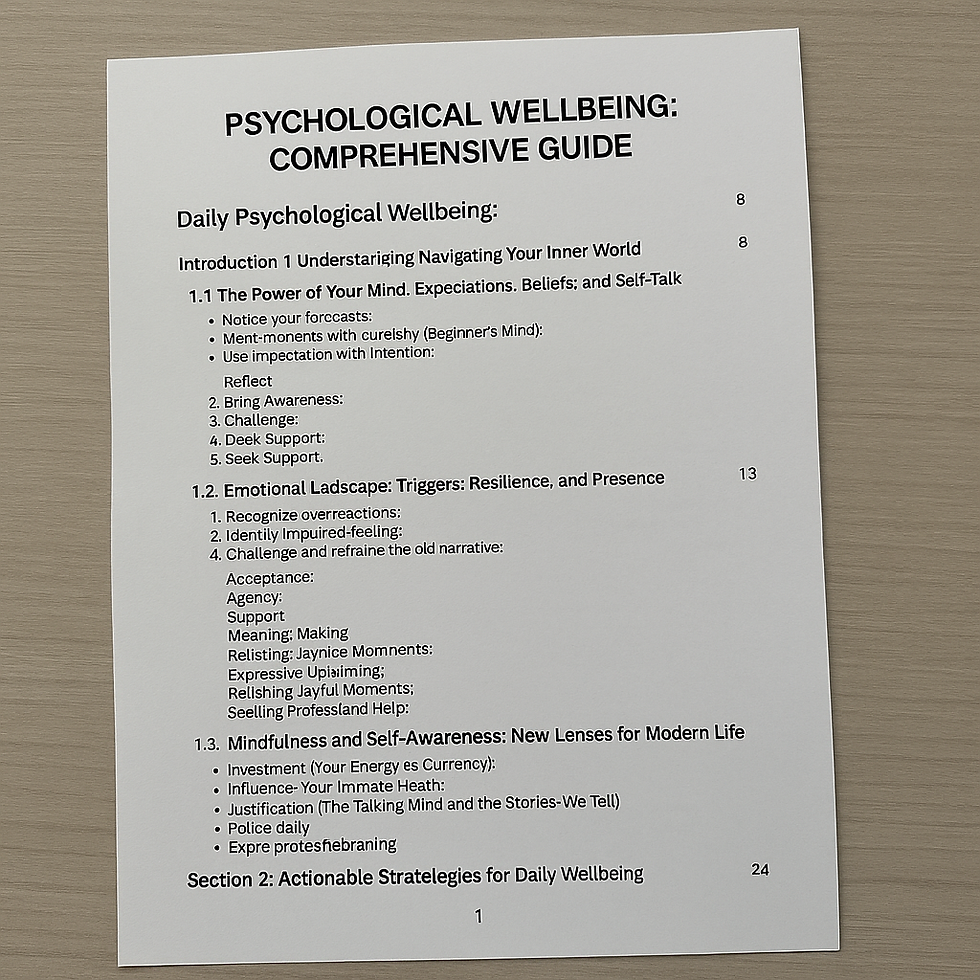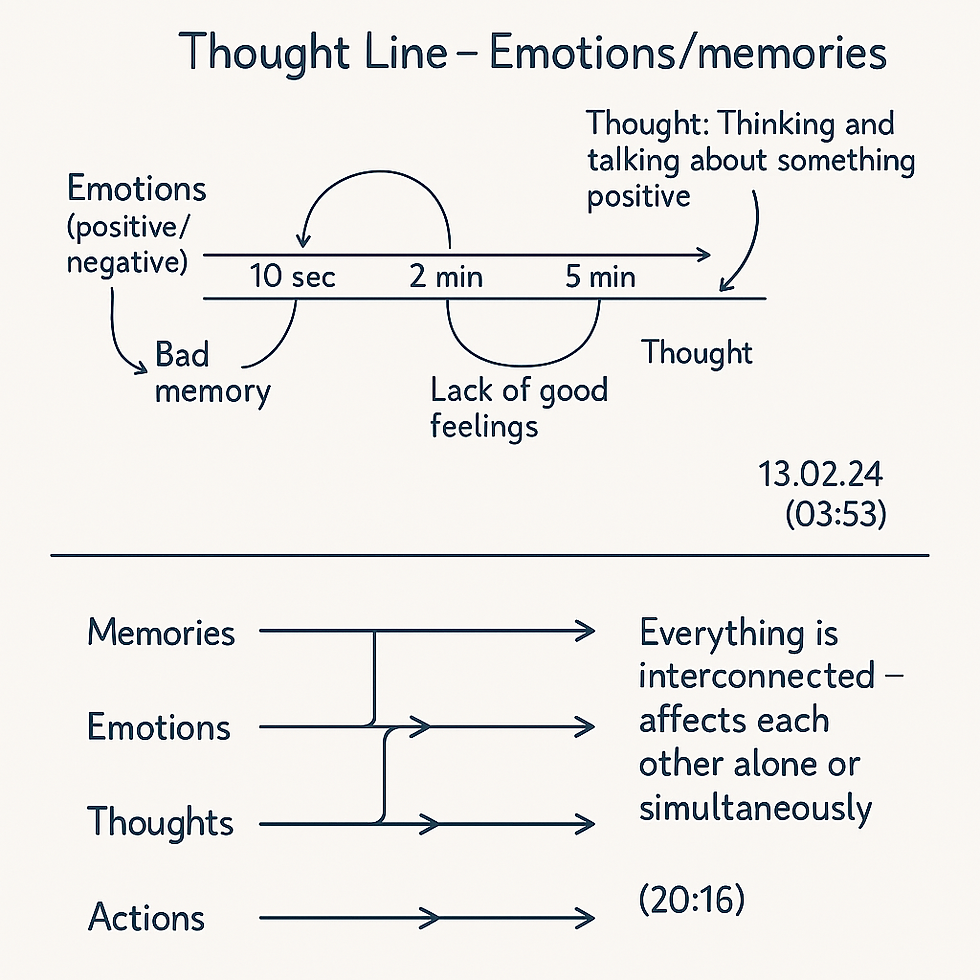Primary Elements of Life
- David B. N. J. & "A.I."
- Oct 21, 2023
- 2 min read
Updated: Jun 7
What do all living creatures have in common?
The fundamental and immutable qualities shared by all living beings.

Listen to a podcast version here:
Key Aspects Among All Living Beings
Communication: Among all life's creatures—animals, humans, plants—communication is a cornerstone. In all life forms, including humans, animals, plants, and organisms, the transmission of information occurs on various levels. This can encompass chemical signals, sound, movement, and even electrical signals. Communication is used to coordinate processes, warn of dangers, attract reproductive partners, and adapt to the environment. There are simpler forms, such as chemical signals between cells, and more complex ones, like sounds among animals or directional growth in plants.
Reproduction: Organisms possess the ability to produce offspring, whether through sexual or asexual means, to continue their own species.
Nutrition: All living organisms must procure energy and nutrients to sustain life processes. This could mean consuming food, as is the case with animals, or conducting photosynthesis, as with plants, to produce their own food.
Existence: All living beings have a finite lifespan. This means that they are born, live for a period, and eventually die.
Old Age: Aging refers to the final stage of an organism's life, characterized by physical and often cognitive decline, usually occurring toward the end of the organism's expected lifespan.
Growth: Living organisms have the capacity to increase in size through cell division and the increment of cell numbers.
Response to Stimuli: Organisms can react to environmental changes and adapt to these shifts to maintain homeostasis.
Adaptation: Living beings have the capacity to adapt to changes over time through evolution and natural selection.
Metabolism: Metabolism involves the chemical processes occurring within an organism to acquire energy and building blocks to sustain life.
Cell Division (for multicellular organisms): Cell division is the process by which a cell divides to form two or more new cells and is crucial for growth, repair, and reproduction.
Homeostasis: Organisms possess mechanisms that maintain internal stability in a changing environment, ensuring optimal conditions for life processes.
Evolution: All life forms have a common origin and have evolved over time. Evolutionary changes have led to the diversity of life forms we see today.
DNA: Living organisms contain genetic material in the form of DNA (Deoxyribonucleic Acid), which carries inheritable information and directs the functions and traits of the organisms.
Mobility: Many organisms have the ability to move to varying degrees, whether it be microscopic motions on a cellular or molecular level, or more complex movements as seen in animals.
Such are the fabric and threads that weave the intricate tapestry of life. Each element is essential, serving its unique function, yet contributing to the unity of existence itself.
Is it there any more key aspects, please comment :)





Comments